The Polestar 2 is the first vehicle with Android Automotive OS as the operating system. In the test, the infotainment system scores above all with its fast operation and Google Maps. However, there is still a lot of catching up to do in messaging and video apps. Compared to Android Auto and Apple CarPlay, Google's potential is being squandered.
Table of Contents
- 1 Out and about in the Polestar 2 with Google as the passenger
- Android Automotive OS as the operating system for the car
- This is the Polestar 2
- The infotainment system of the Polestar 2
- 2 Setup, home screen and operation
- A Google account is not required
- A menu structure as on the smartphone
- The home screen uses four large tiles
- The app drawer determines the structure of the home screen
- Old home button instead of new gesture control
- 3 Play Store, Messaging, Videos and Music
- The range of apps is clear
- AAOS does not support any messaging
- Video streaming is a foreign word for AAOS
- Music streaming with YouTube Music, Spotify and Tidal
- 4 Google Maps is the most important AAOS app
- In the car there is only the map view
- Customized search also with charging stations
- Google Maps finds the destination
- 5 Google Assistant, user accounts and final details
- The Google Assistant doesn't do much in the car anymore
- AAOS supports several user accounts
- The protection of the account is optional
- USB Type C, wireless charging and digital keys in the Polestar 2
- 6 Conclusion
For more than seven years now, Apple and Google have been in the car, once with CarPlay and once with Android Auto (test). Both manufacturers have in common that the software runs on the smartphone and the content is projected onto the infotainment system. Both providers also enable controls in the car to be linked to functions on the smartphone, for example to operate voice control or to jump from one song to the next. Apple and Google also master the additional display in the instrument cluster or head-up display.
Android Automotive OS as the operating system for the car
In the Polestar 2, however, Android is used as an independent operating system. The smartphone is no longer required for many services because apps run natively on Android Automotive OS, or AAOS for short. With AAOS, the Google Play Store is moving into the car for the first time and, in the long term, will give access to hundreds or even thousands of apps. AAOS is no longer only responsible for navigation and multimedia, but also controls functions of the car, such as the air conditioning or seat heating.
AAOS has a long phase of development behind it, because the operating system was announced in spring 2017. In an old blog post by Google you can read that Audi and Volvo are among the first supporters should count. Things have become extremely quiet around Audi in this regard, only in China was the infotainment system called MMI also offered with a base based on Android 9, which cannot be called AAOS.
The Polestar 2 is the first car with AAOS
The first actual supporter of AAOS is Volvo with the Polestar brand, which is owned 50 percent each by Volvo Car Corporation and Zhejiang Geely Holding in China. The Polestar 2 was presented as a purely electric car with AAOS at the beginning of 2019, and it has been delivered to the first customers since the summer of last year. It has not stayed with this lineup since then, because the Volvo models are gradually being converted to AAOS or are already.
Ford is betting from 2023 on AAOS
After AAOS was able to assume a lack of traction at the start, three brands are already on board with Polestar, Volvo and the new GMC Hummer EV. AAOS is likely to make a big leap forward, especially with Ford, who want to rely on the operating system from 2023. The Ford luxury brand Lincoln, which is offered in North America, also wants to use AAOS in the future.
This is the Polestar 2
The Polestar 2 has been available since April of this year at a significantly lower price than when it was launched, the electric car now costs 13,000 euros less. In return, Polestar has significantly reduced the equipment and relocated it to new packages. The hurdle for buying a Polestar 2 is significantly lower, but with identical equipment nothing has changed in terms of price. It is gratifying that nothing has changed in the area of infotainment as a result of the new price structure. What is shown in the Polestar pictures in terms of multimedia is always part of the standard equipment.
-
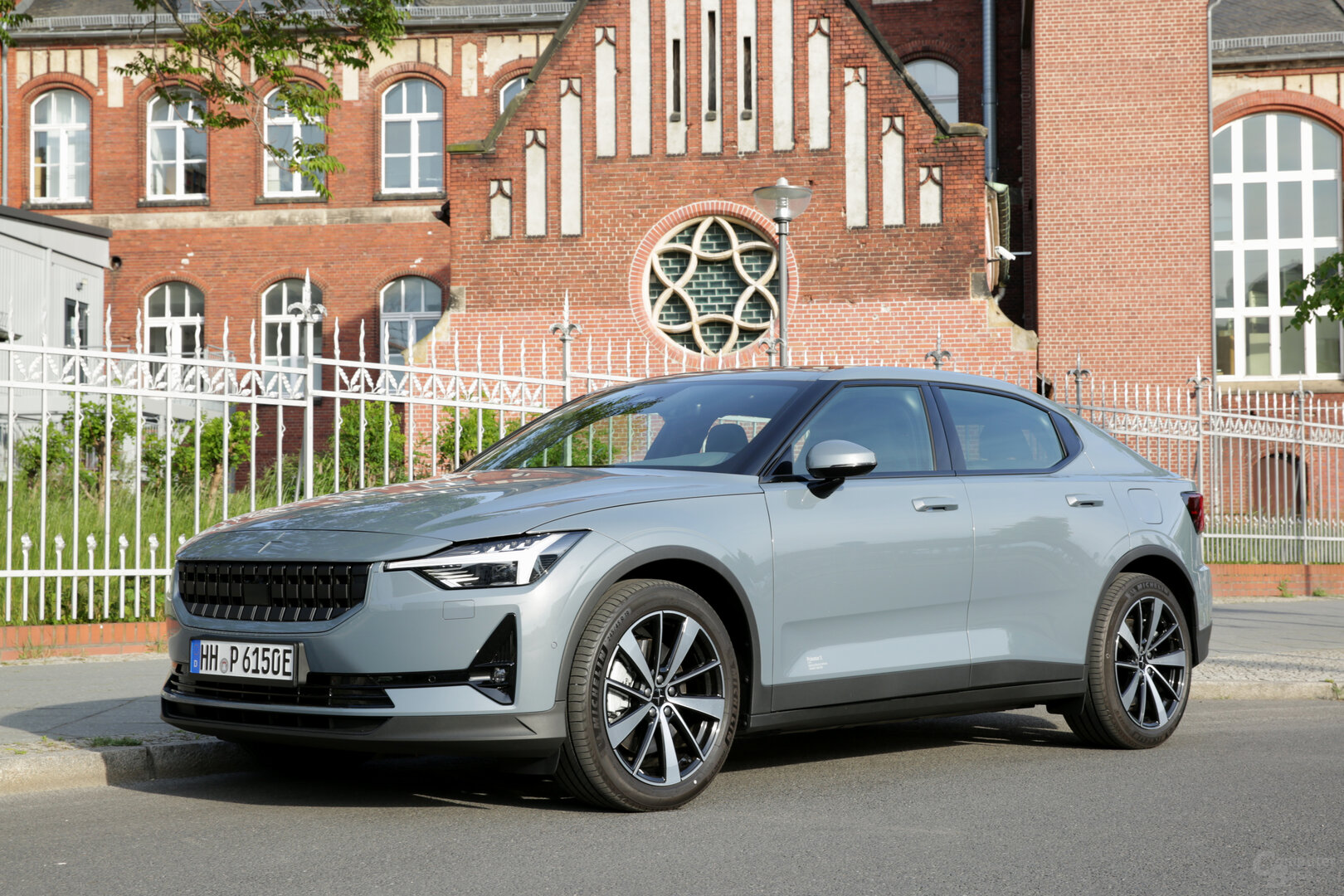 The Polestar 2 in the color “Thunder”
The Polestar 2 in the color “Thunder”
Image 1 of 14
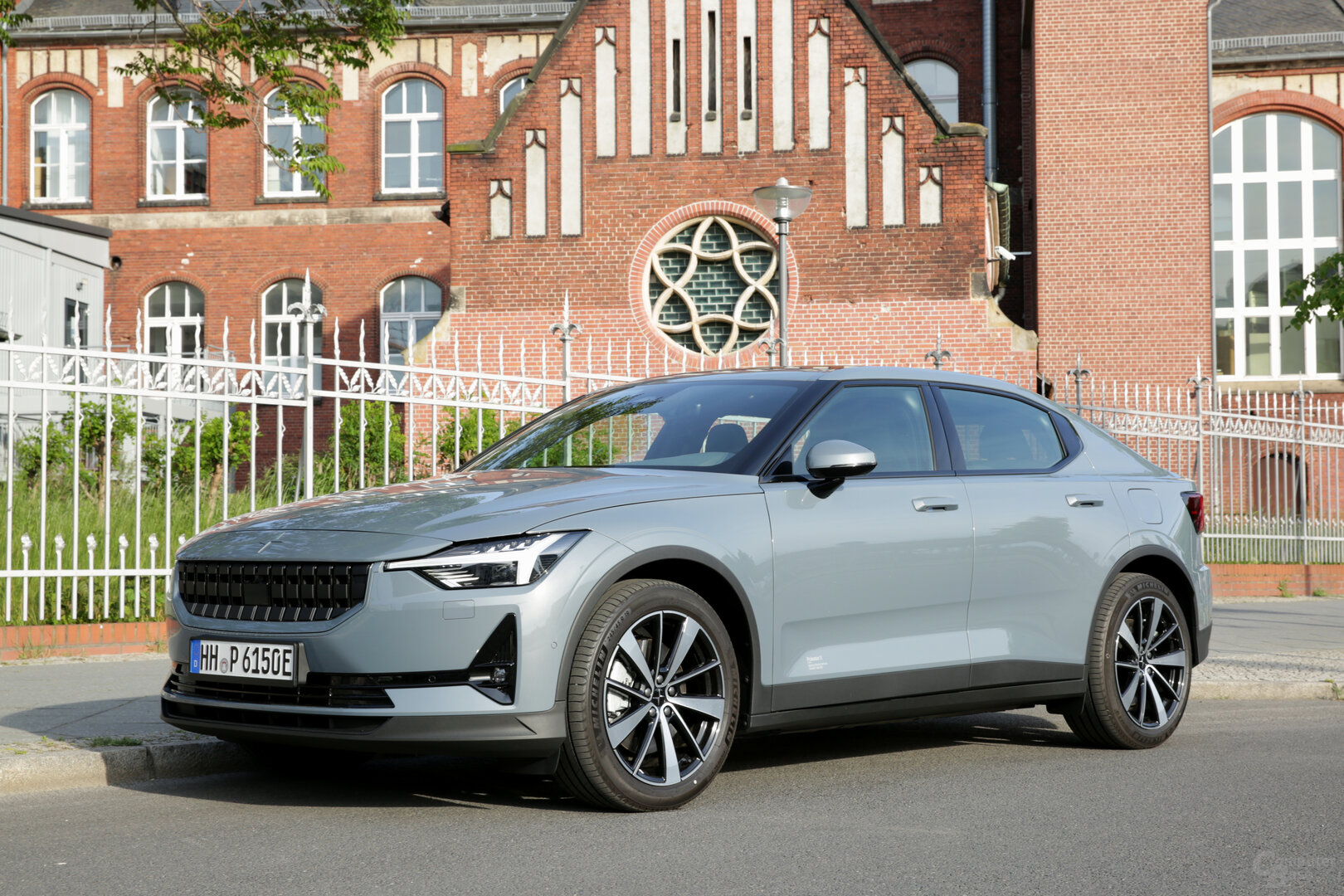 The Polestar 2 in the color ” Thunder “
The Polestar 2 in the color ” Thunder “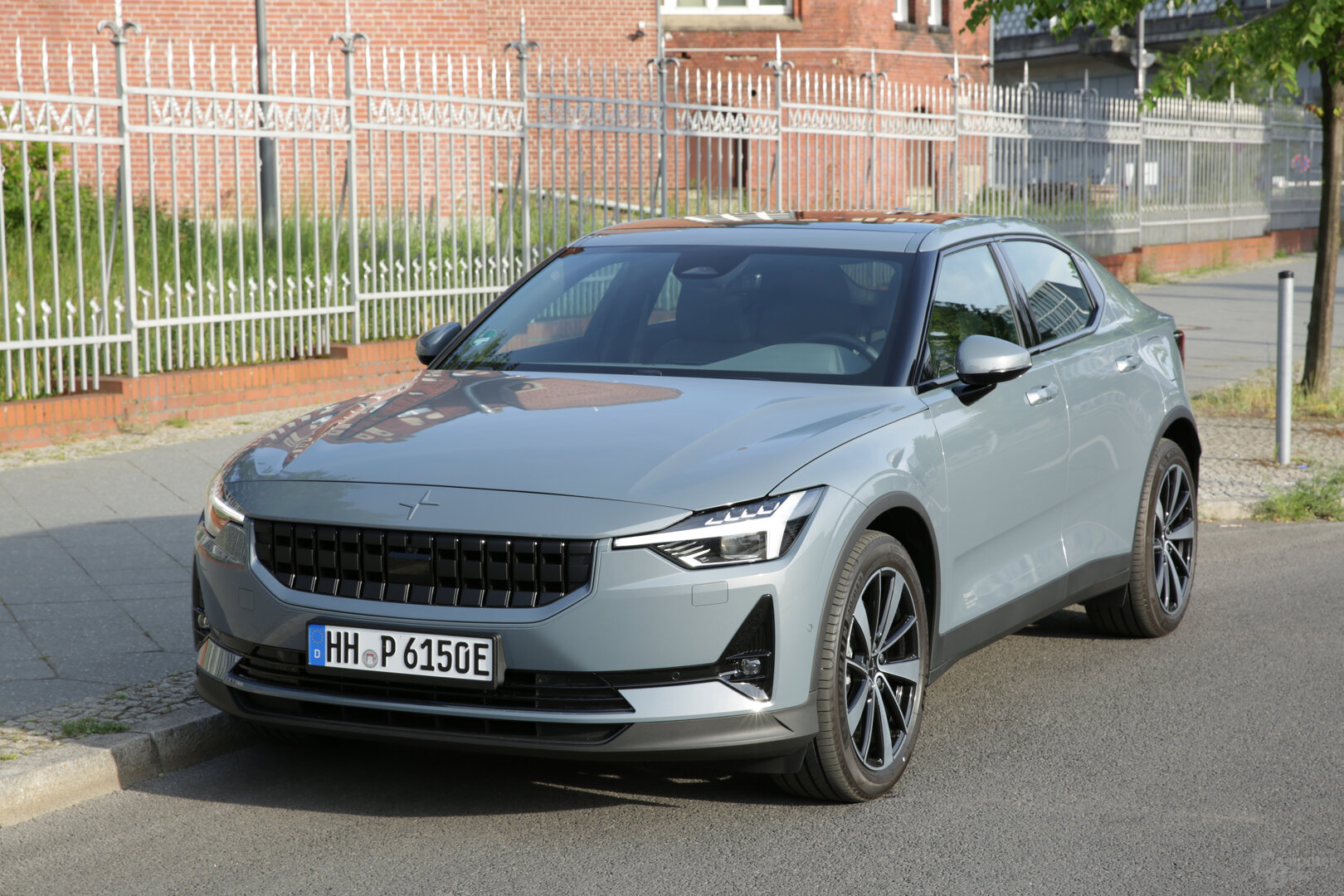 The Polestar 2 in the color“ Thunder ”
The Polestar 2 in the color“ Thunder ”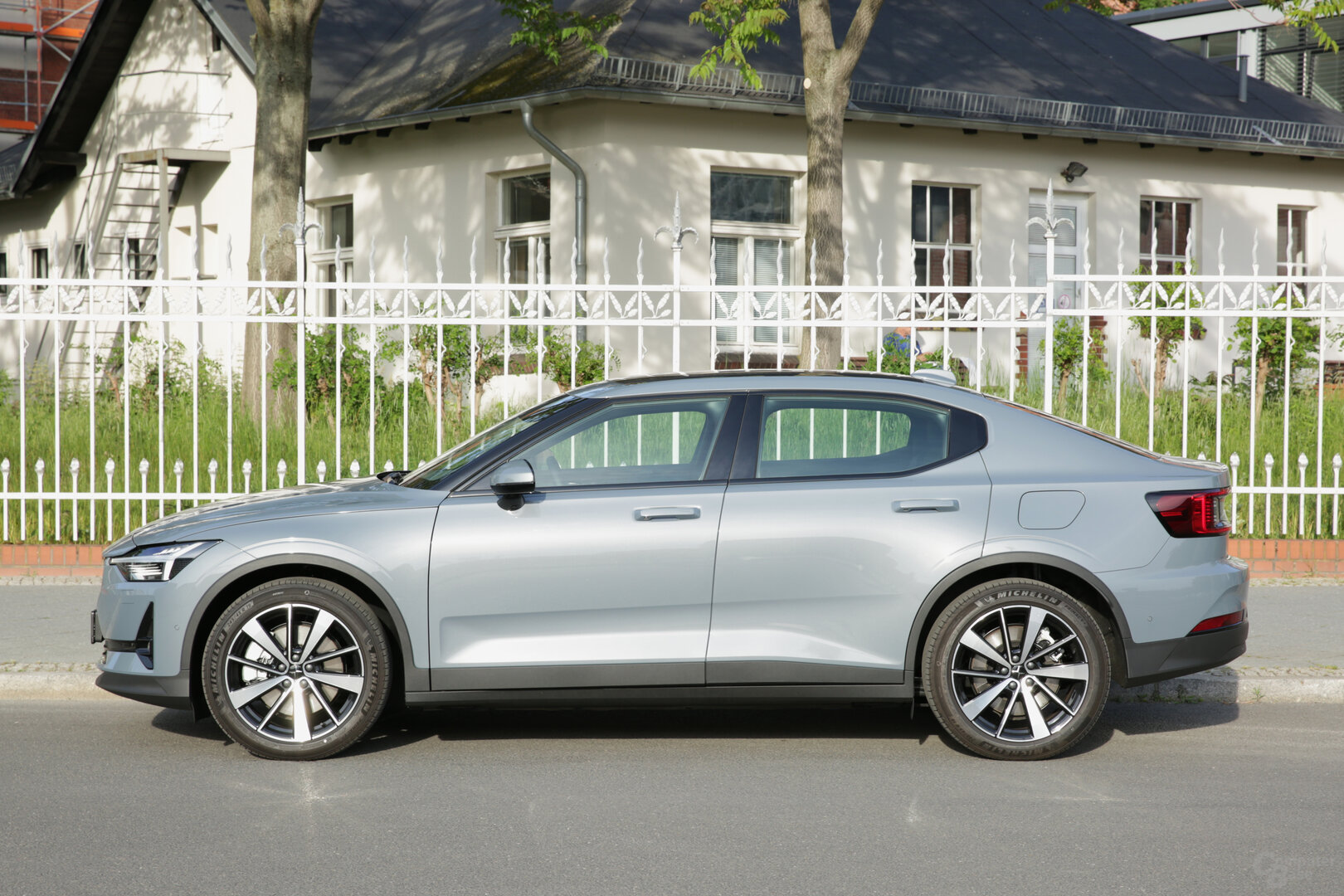 The Polestar 2 in the color “Thunder”
The Polestar 2 in the color “Thunder” < figure> 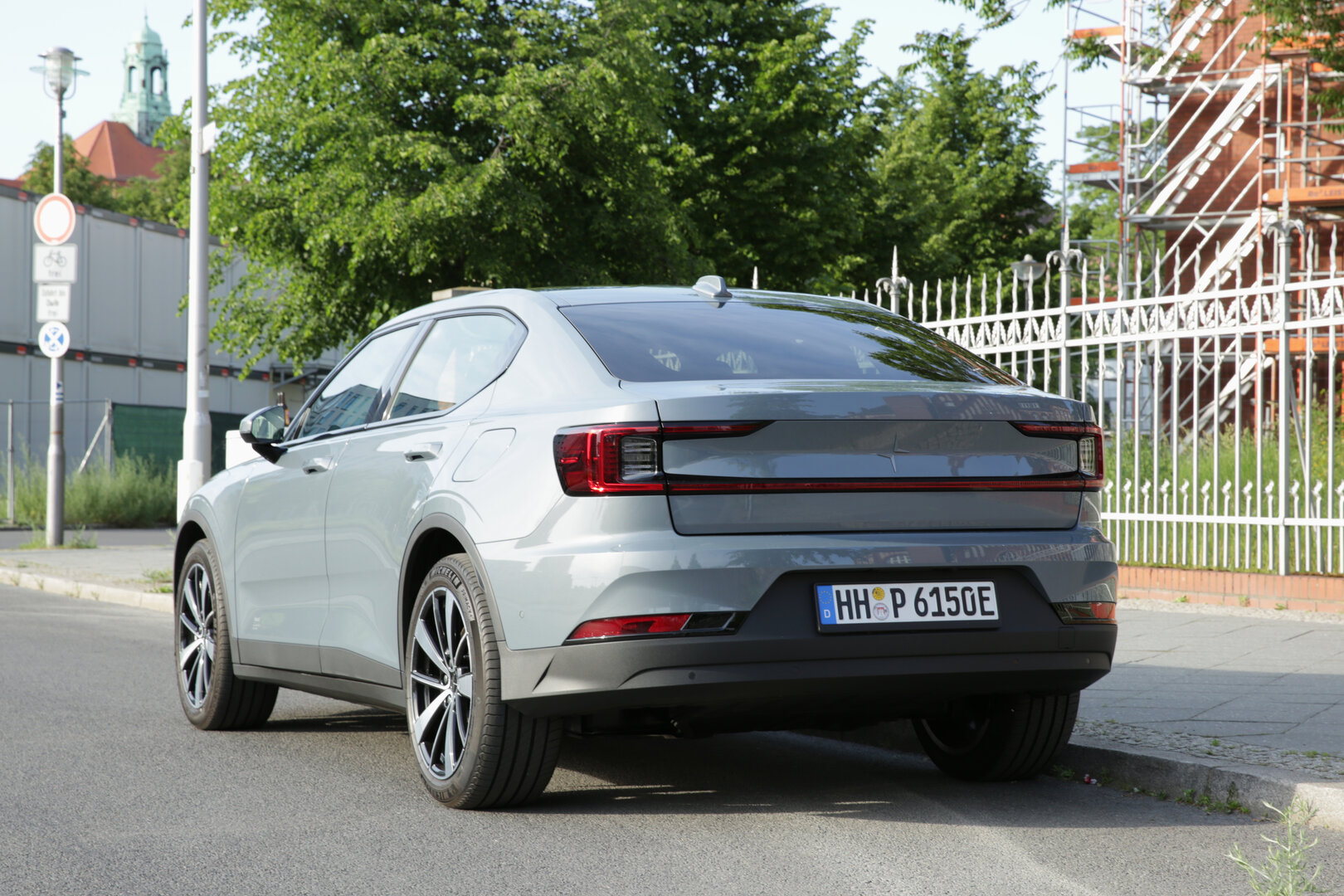 The Polestar 2 in the color “Thunder”
The Polestar 2 in the color “Thunder”
 The Polestar 2 in the color “Thunder”
The Polestar 2 in the color “Thunder”  The Polestar 2 in the color “Thunder”
The Polestar 2 in the color “Thunder” < figure>  The Polestar 2 in the color “Thunder”
The Polestar 2 in the color “Thunder”
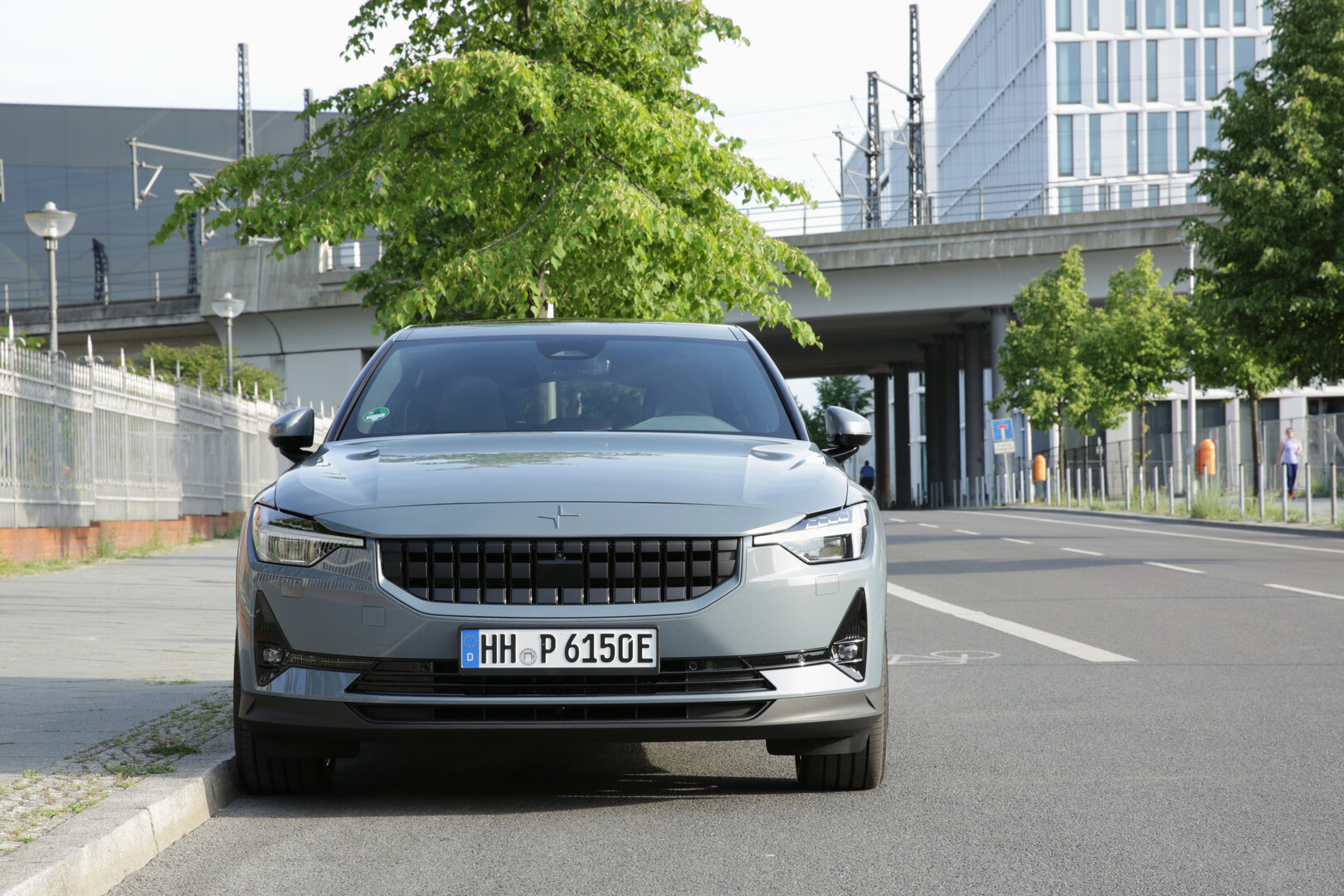 The Polestar 2 in the color “Thunder”
The Polestar 2 in the color “Thunder” The Polestar 2 in the color “Thunder”
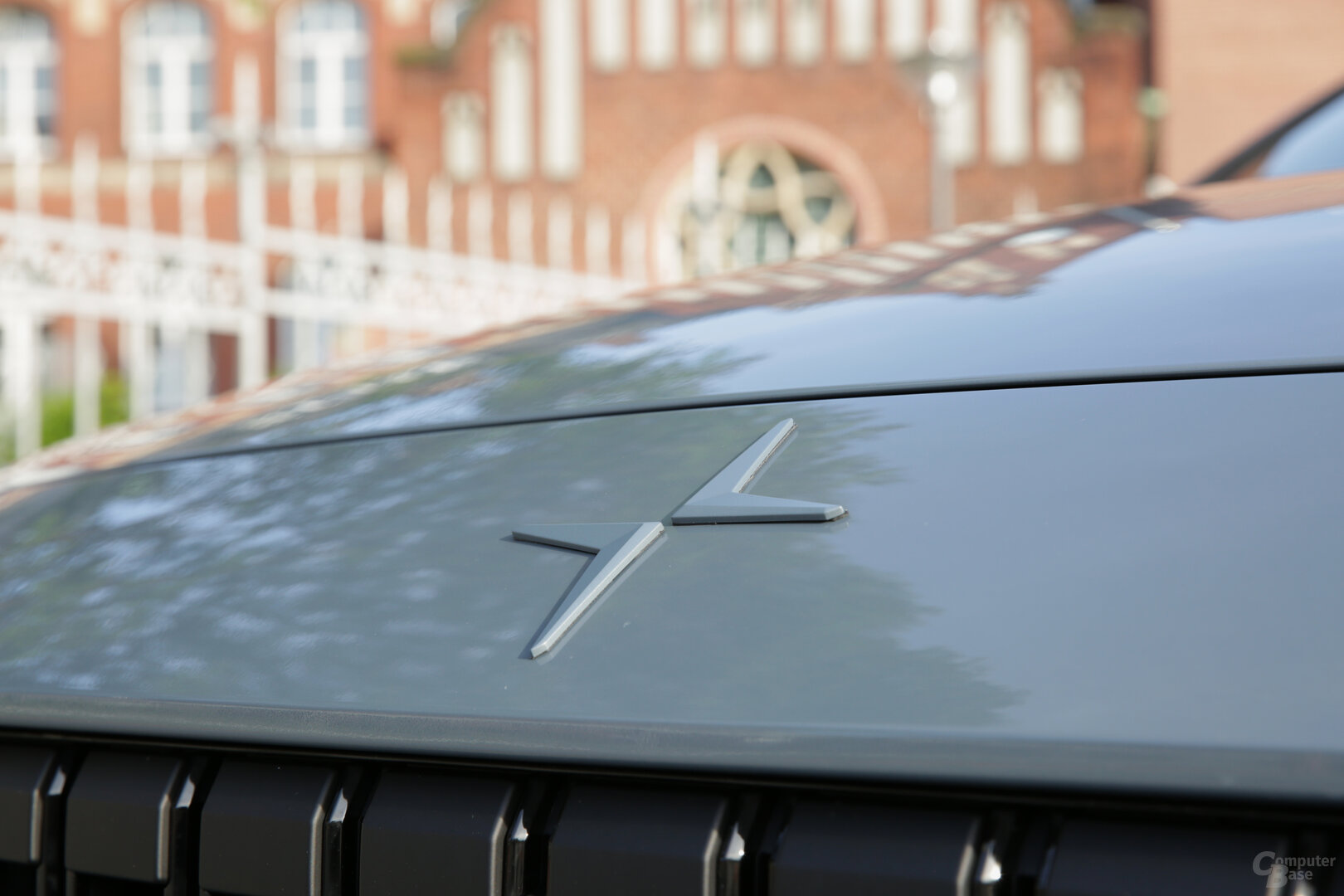 The Polestar 2 in the color “Thunder”
The Polestar 2 in the color “Thunder”
< figure>  The Polestar 2 in the color “Thunder”
The Polestar 2 in the color “Thunder”
For the test from AAOS, ComputerBase received a Polestar 2 according to the old price structure, the price of which was 58,900 euros. The vehicle came with the largest “Long Range Dual Motor” engine, which has an output of 300 kW (408 hp) via two electric motors and sprints to 100 km/h in 4.7 seconds. For the 78 kWh battery, Polestar states a consumption and a range of 19.5 to 20.3 kWh/100 km and 450 to 480 km, respectively. However, when fully charged, the instrument cluster never showed a range of more than 400 km; in inner-city traffic in the test period of one week, 350 km were more realistic. Further features were the color “Thunder” and the interior “Slate WeaveTech”.
The packages of the Polestar 2 at a glance
< p class = "p text-width">This equipment corresponds to the “Pilot Package”, which has recently been offered for 3,500 euros, and the “Plus Package”, which has recently been offered for 4,500 euros. The former also brings features such as the pixel LED headlights with LED fog lights, the “Driver Assistance System” with “Adaptive Cruise Control” and the “Pilot Assist” function, a 360-degree camera, all-round parking sensors and functions to support the driver's attention such as the blind spot warning system and lane departure warning system, the “Cross Traffic Alert” with braking assistance and the “Rear Collision Warning”. The second package contains the full-length panoramic glass roof, the premium audio system from Harman Kardon with 13 speakers, WeaveTech seats, Black Ash decorative panels, electrically adjustable and heated front seats with memory function, heated rear seats, a heated steering wheel and heated wiper blades .
- < figure class = "gallery__figure">
 The Polestar 2 in the color “Thunder”
The Polestar 2 in the color “Thunder”
Image 1 of 4
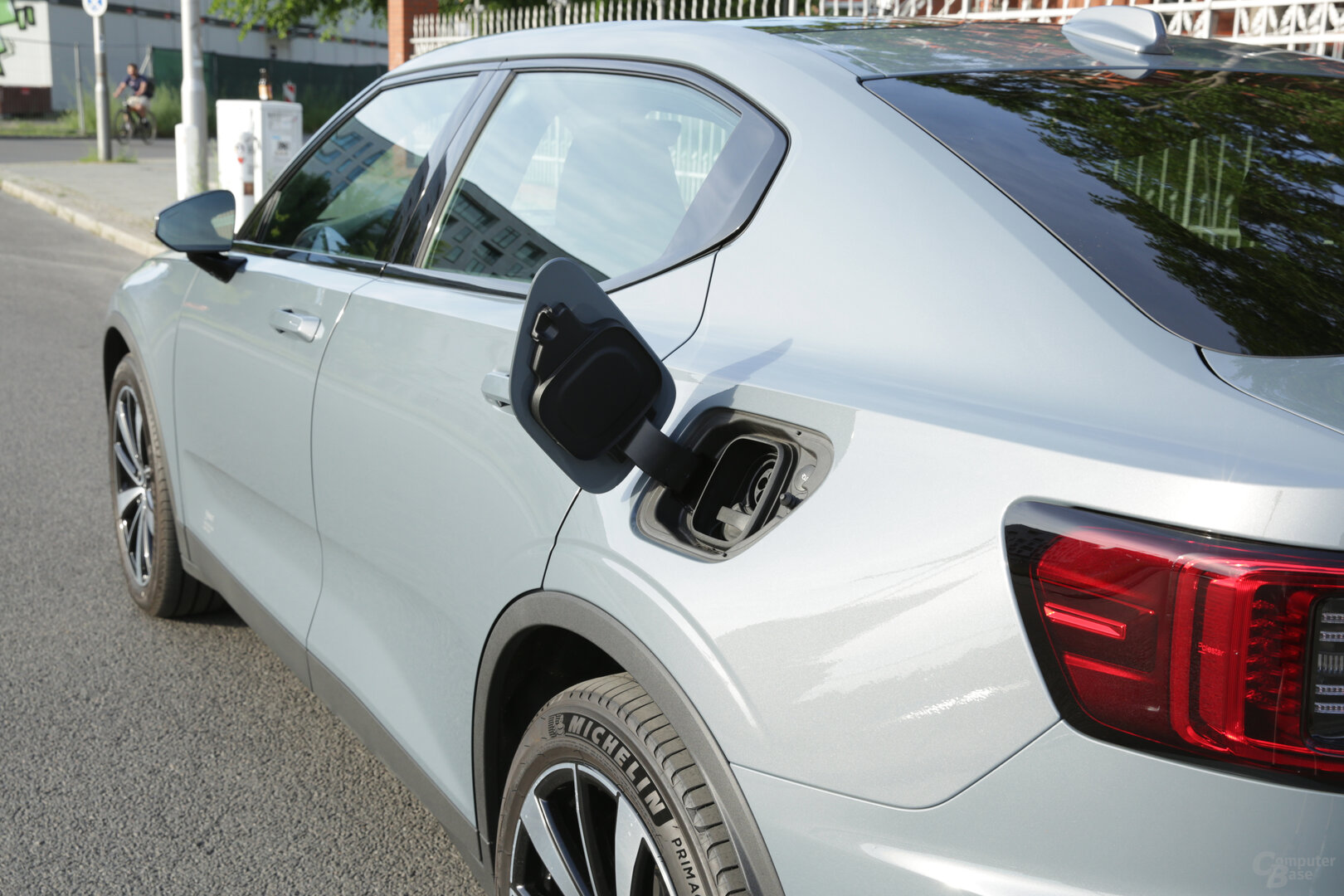 The Polestar 2 in the color “Thunder”
The Polestar 2 in the color “Thunder” 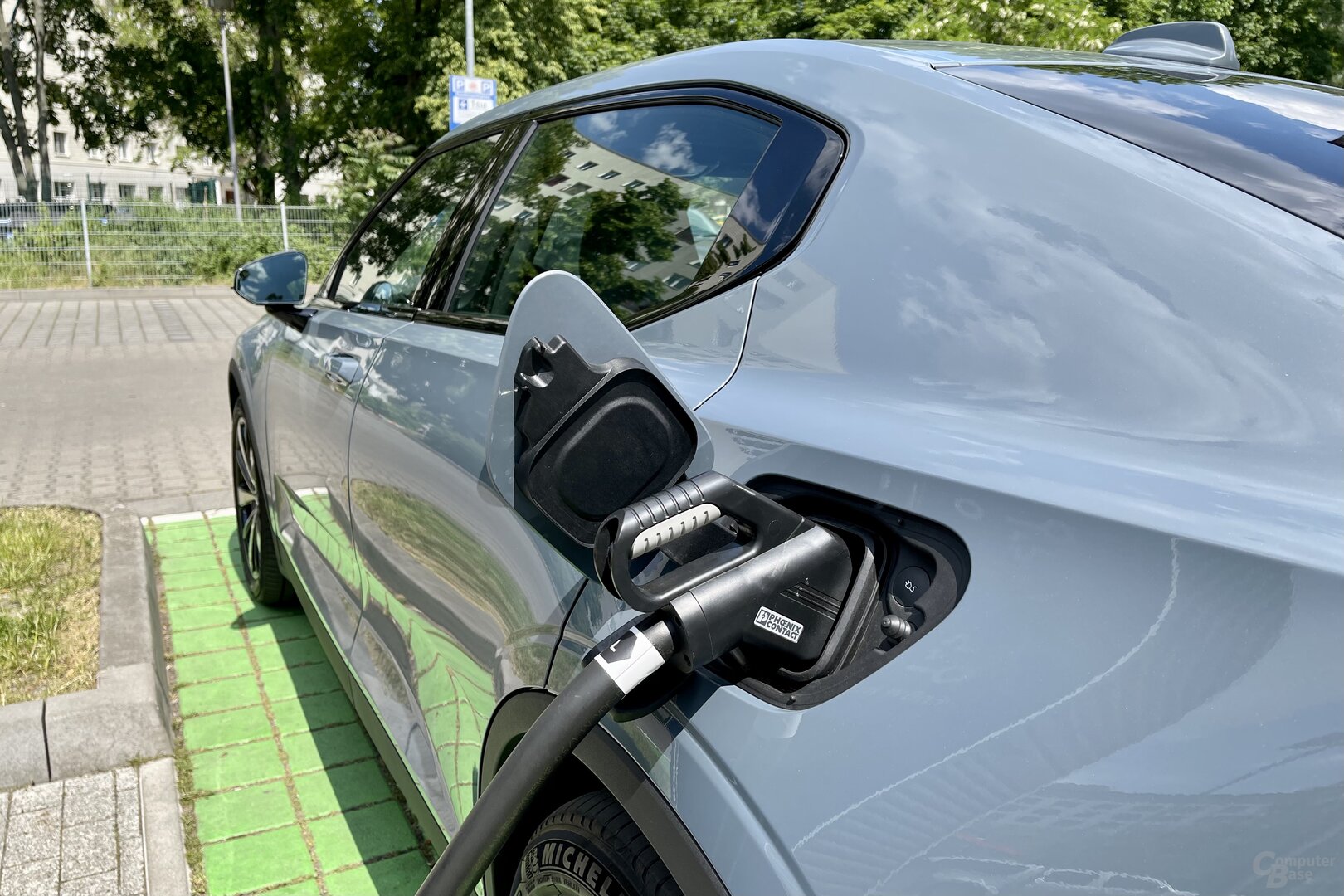 Polestar 2 at a charging station from EnBW
Polestar 2 at a charging station from EnBW Polestar 2 at a charging station from EnBW
In addition, the “Performance Package” for 6,000 euros can only be booked for the strongest variant, which includes adjustable Öhlins dampers, Brembo brakes, forged 20-inch alloy wheels and characteristic elements inside and out in “Swedish gold”. A handful of individual options are also available, including the ventilated nappa leather interior (“Plus Package” required), the metallic paintwork, 20-inch alloy wheels and a semi-electric, retractable towbar.
The infotainment system of the Polestar 2
But back to the infotainment system and its hardware: Polestar installs an 11.15-inch touch screen as standard, which offers 1,536 × 1,152 pixels and is responsible for almost all functions of the vehicle. Outsourced as physical controls, Polestar only has buttons for the Google Assistant, the next or previous song and the volume on the steering wheel. The central screen can only be operated by touch. In addition, there are buttons for the hazard warning lights, the defroster and the heated rear window in front of the selector lever. In between there is a large turn-push control for volume, play and pause.
-
 The cockpit of the Polestar 2
The cockpit of the Polestar 2
Image 1 of 13
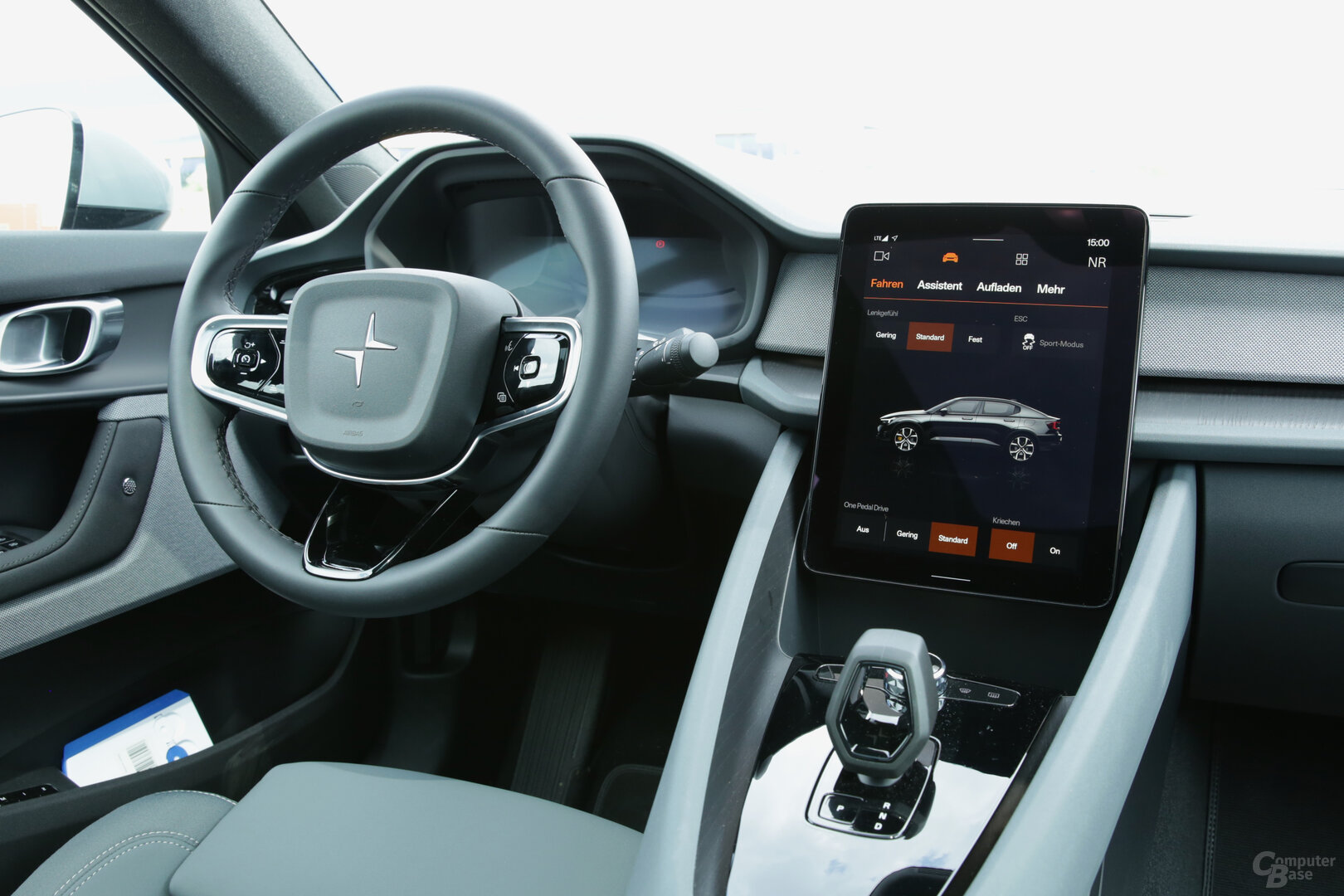 The cockpit of the Polestar 2
The cockpit of the Polestar 2  Steering wheel of the Polestar 2
Steering wheel of the Polestar 2 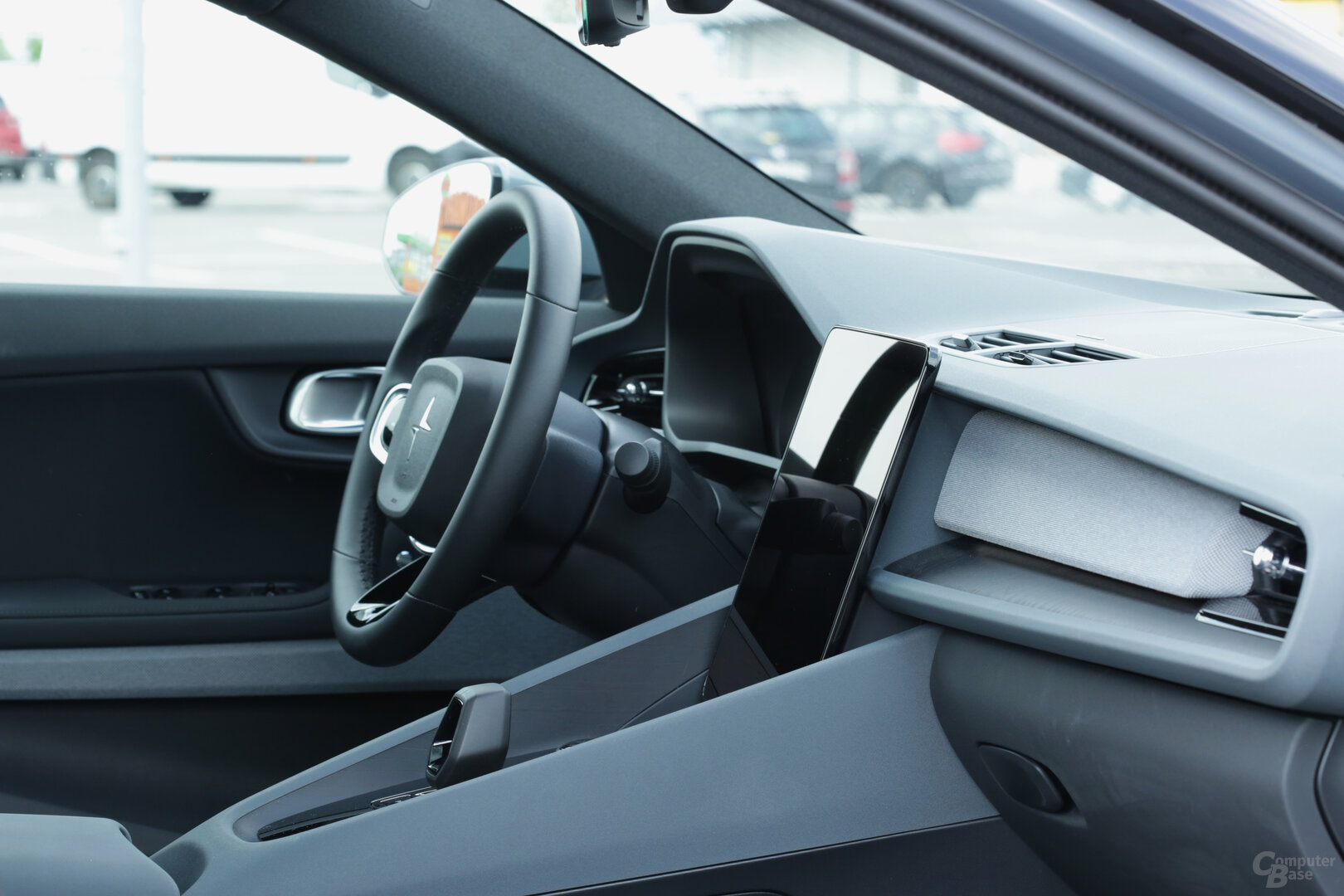 Side view into the cockpit of the Polestar 2
Side view into the cockpit of the Polestar 2  Side view of the central display
Side view of the central display  The central display in the side view
The central display in the side view < figure> 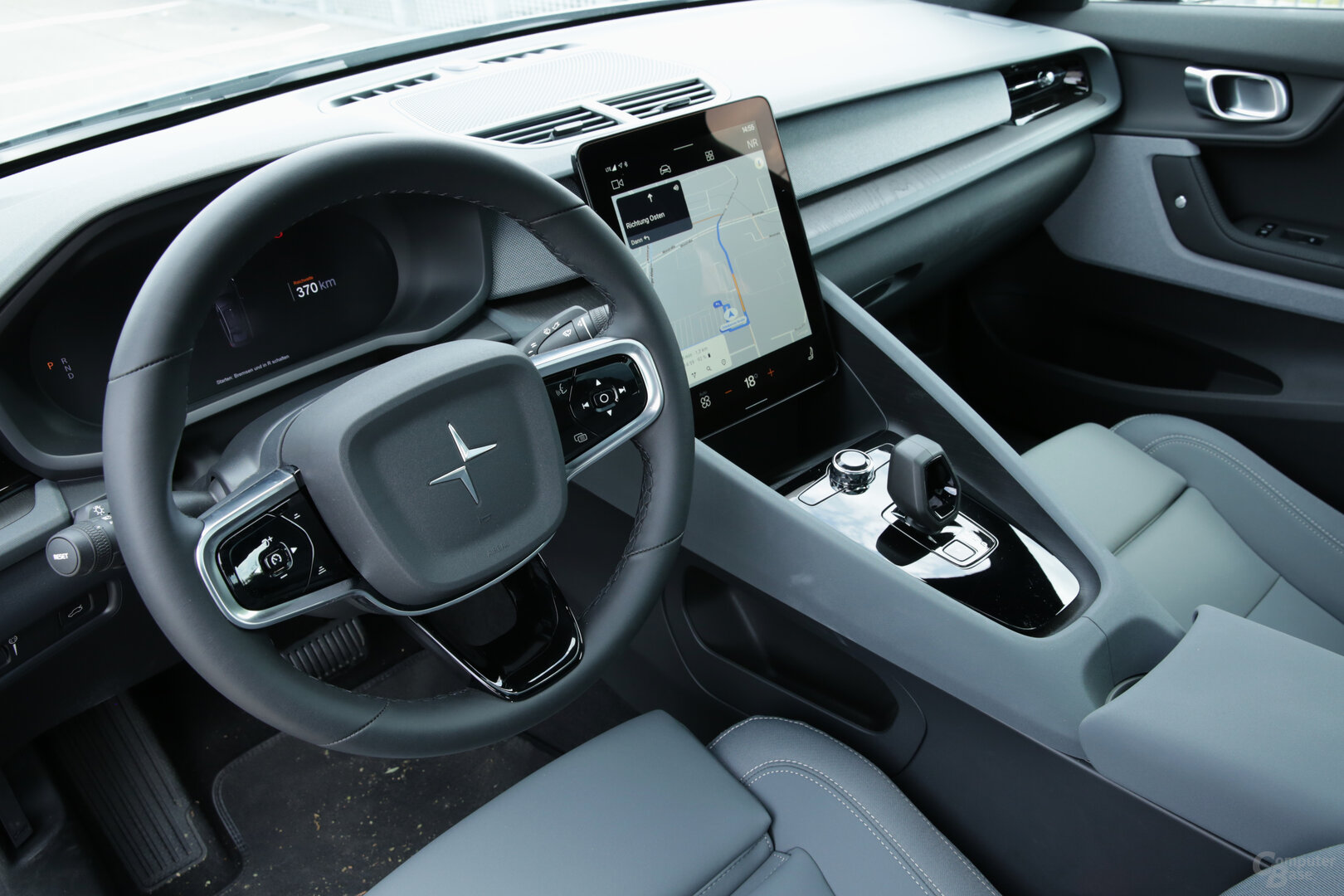 The interior of the Polestar 2
The interior of the Polestar 2
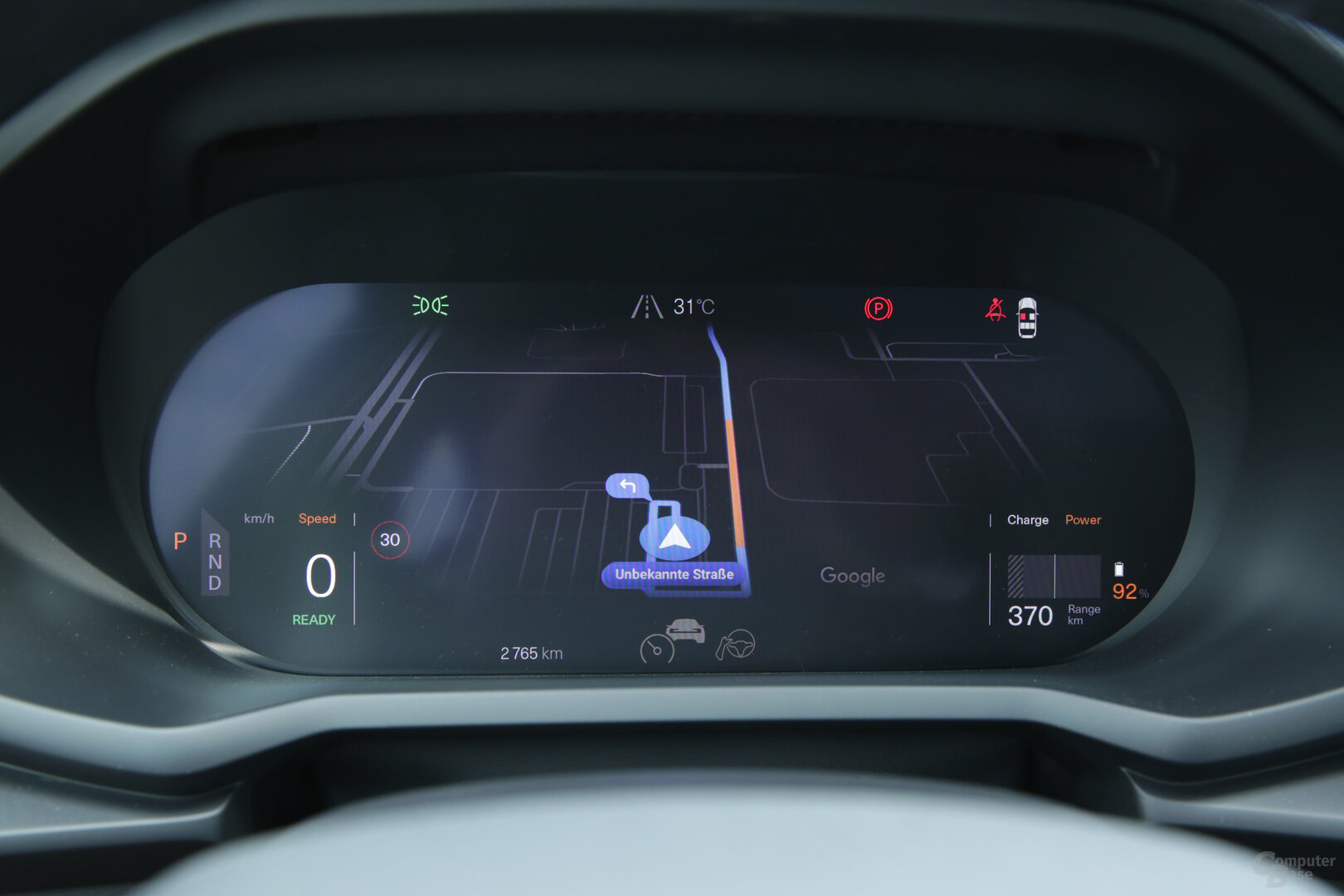 Digital instrument cluster with 12.3 inches
Digital instrument cluster with 12.3 inches 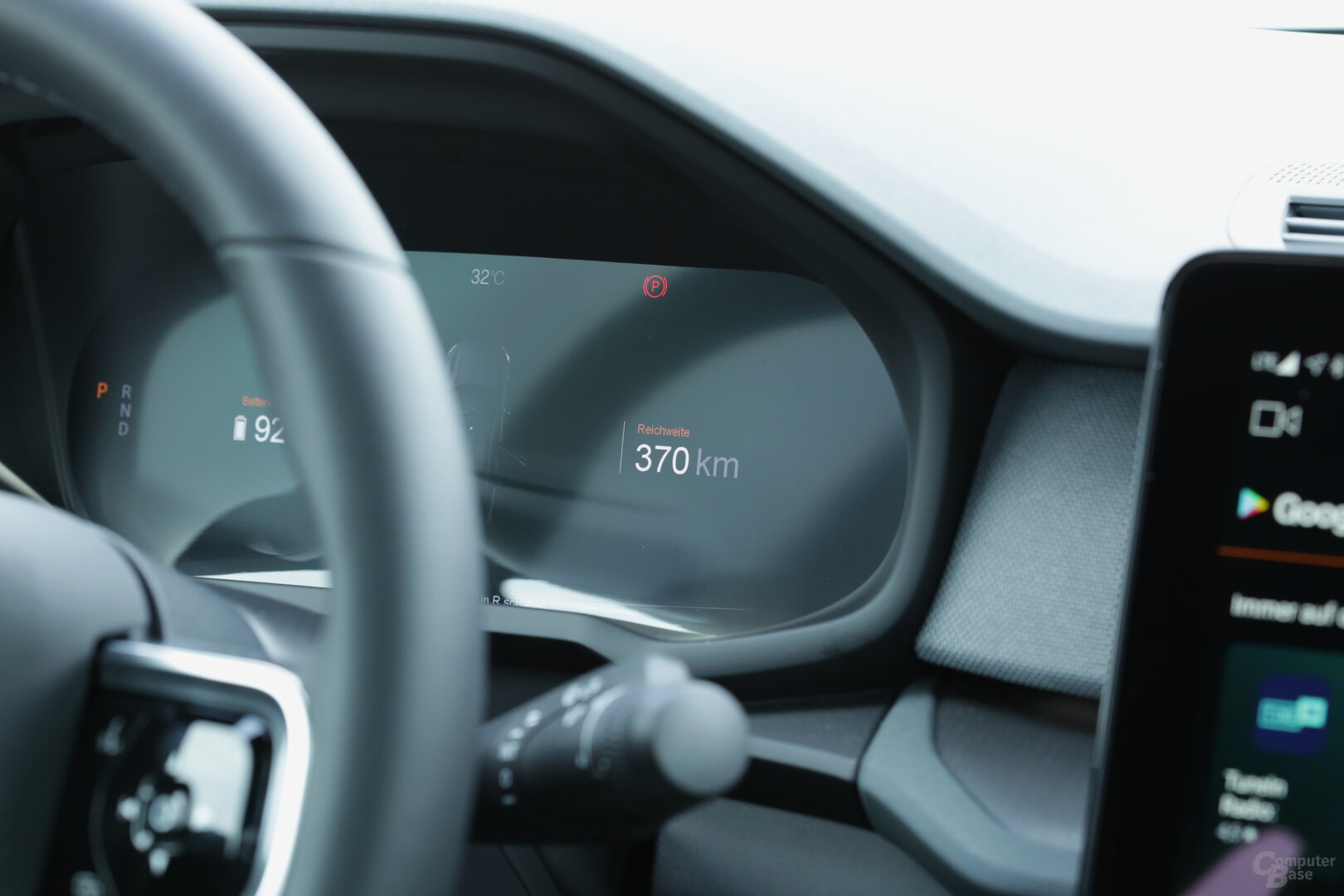 View of the digital instrument cluster
View of the digital instrument cluster  Classic view without map in the simplified view in the instrument cluster
Classic view without map in the simplified view in the instrument cluster The second screen is the 12.3-inch instrument cluster, which, strictly speaking, has nothing to do with AAOS. This is because a separate real-time operating system is used for these more critical displays, which runs on the same SoC but is only connected to AAOS in one point. In principle, AAOS is not responsible for safety-critical features, including above all the entire assistance systems, but also things like the digital speedometer. The instrument cluster can, however, be used as a display area for AAOS in order to outsource certain displays. In the Polestar 2, this is primarily the map view in Google Maps with navigation instructions. Incoming calls are also displayed in the right-hand area of the instrument cluster. Apart from that, the driver's display can be seen as an independent area that works without AAOS.
Intel provides the processor
A SoC from Intel, more precisely an in 14 nm manufactured CPU of the A3900 series (PDF), which was specially developed for the automotive segment and comes with corresponding certifications for temperatures and longevity. Internally, this SoC generation runs under the name Apollo Lake and uses CPU cores from the Goldmont generation. Intel presented Apollo Lake in April 2016 for the spring edition of the IDF in Shenzhen, China. Although the SoC already has a few years under its belt, the chip did not attract negative attention in the test with poor performance. But there are also no reserves.
After the basics of cars and hardware have been explained, the next section deals with the software and thus the advantages and disadvantages of AAOS .
On the next page: Setup, home screen and operation